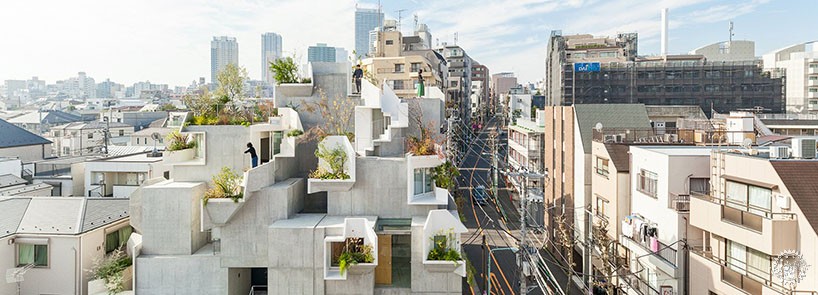
平田晃久设计的东京“树屋”形成缠绕在室内和室外空间
Akihisa Hirata Tangles Indoor and Outdoor Spaces for 'Tree-ness House' in Tokyo
由专筑网YX,李韧编译
日本建筑师平田晃久(Akihisa Hirata)在东京的Otsuka地区完成了一个多层住宅项目,该项目展现了他受到自然环境影响的建筑风格。尽管是住宅建筑,但这座“树屋”仍然包含了底层商业空间。项目基地悠长而狭窄,细长形的设计方案采用有机分层系统,生成一系列与建筑物周围环境相关的三维空间。
Japanese architect Akihisa Hirata has completed a multi-story project in Tokyo’s Otsuka district, which expands upon his affinity with nature-inspired architecture. Although it is primarily a residential building, ‘tree-ness house’ also contains spaces for commercial tenants at its lower levels. Located on a deep but narrow site, the slender design employs an organic layering system to generate a series of three-dimensional spaces that relate to the building’s surroundings.

Image © Vincent Hecht (also main image)
平田晃久(Akihisa Hirata)的项目,由Vincent Hecht拍摄。这个设计方案由三个主要元素组成,其一是方盒子,它们形成了包含众多空隙的分层体量,其二是开放空间,盒子里的开口形成内外空间的模糊关系,第三是植物,这些绿色植物在建筑周边形成了三维花园。设计团队说:“功能、空隙、开口和绿化有机结合在一个整体中。”
Akihisa Hirata’s scheme, photographed here by Vincent Hecht, consists of three primary elements: boxes, which form a layered volume that includes numerous voids; pleats, the openings in the boxes that create an ambiguous relationship between inside and out; and plants, the greenery that establishes three-dimensional gardens around the structure’s perimeter. ‘the arrangement of functional volumes and voids, openings, and greenery integrates and entangles the building into a single organic whole,’ says the design team.

Image © Vincent Hecht
与典型的建筑相比,这座建筑的楼层简单叠放,设计考虑了街道和其他外部空间的情境元素。这就形成了建筑师所谓的“缠绕”空间,其特征是模糊的室内室外关系。“一棵树由不同的部分组成,如根、树干、树枝、树叶和花朵,它们看似独立,但却有着内在的联系。” 平田晃久(Akihisa Hirata)解释说。
In contrast to typical buildings that simply stack floors one on top of the other, the design considers contextual elements, such as the street and other exterior spaces. This creates what the architect calls a ‘tangled’ space that is characterized by ambiguous indoor-outdoor relationships. ‘A tree consists of different parts such as roots, a trunk, branches, leaves and flowers, but these parts are not totally independent,’ explains Akihisa Hirata.
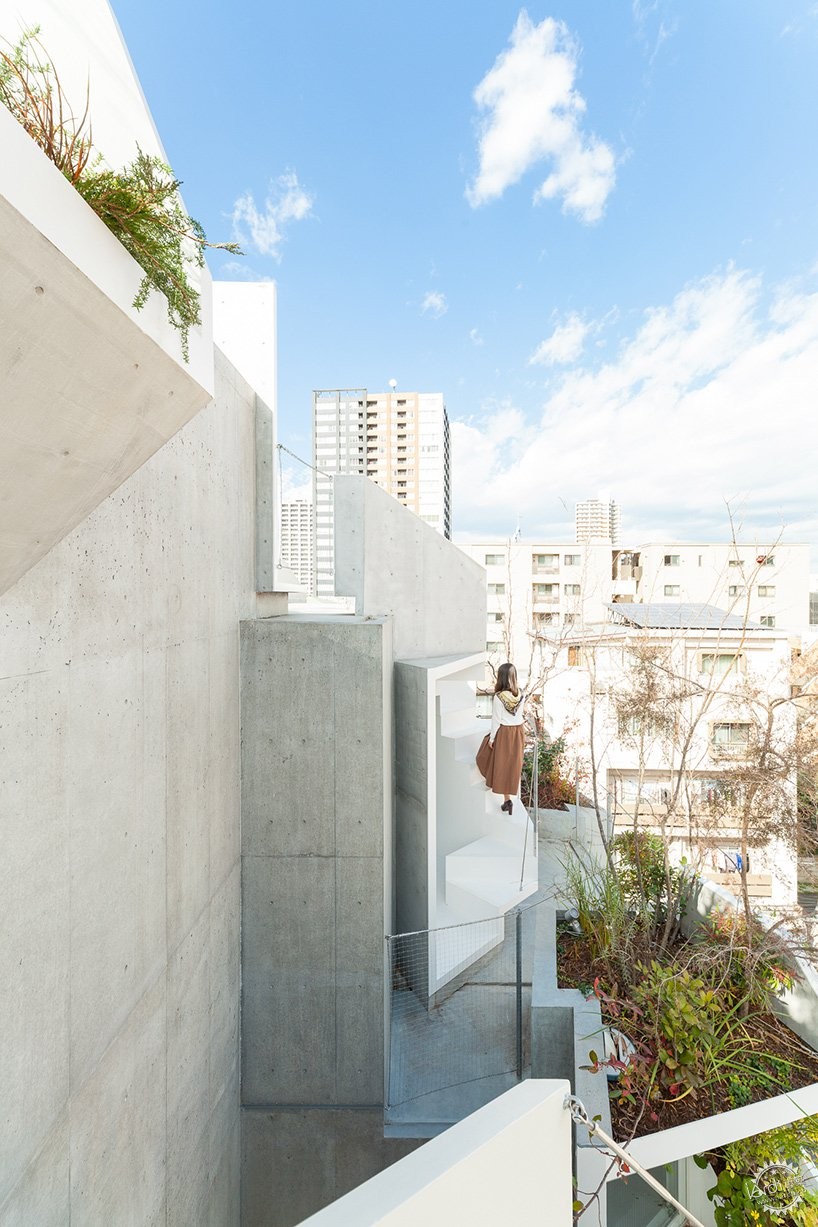
Image © Vincent Hecht
“树干和树叶在外观上有所不同,但它们的基本结构非常相似,之间的相互关系产生了一种嵌套或分层的有机结构,这有可能创建一种建筑逻辑,创建一个类似的有机分层和'缠绕'结构。该设计旨在开发这一新的建筑理论,打造复杂的城市生态系统。”
‘The trunk and leaves differ in appearance but are very similar in their basic structure — their inter-relationship creates a kind of nested or layered organic structure,’ Hirata continues. ‘It is possible to create an architectural logic that creates a similar organically layered and ‘tangled’ structure. The design seeks to develop this new architectural principle, with the intention of creating a complex ecosystem connected to the city.’
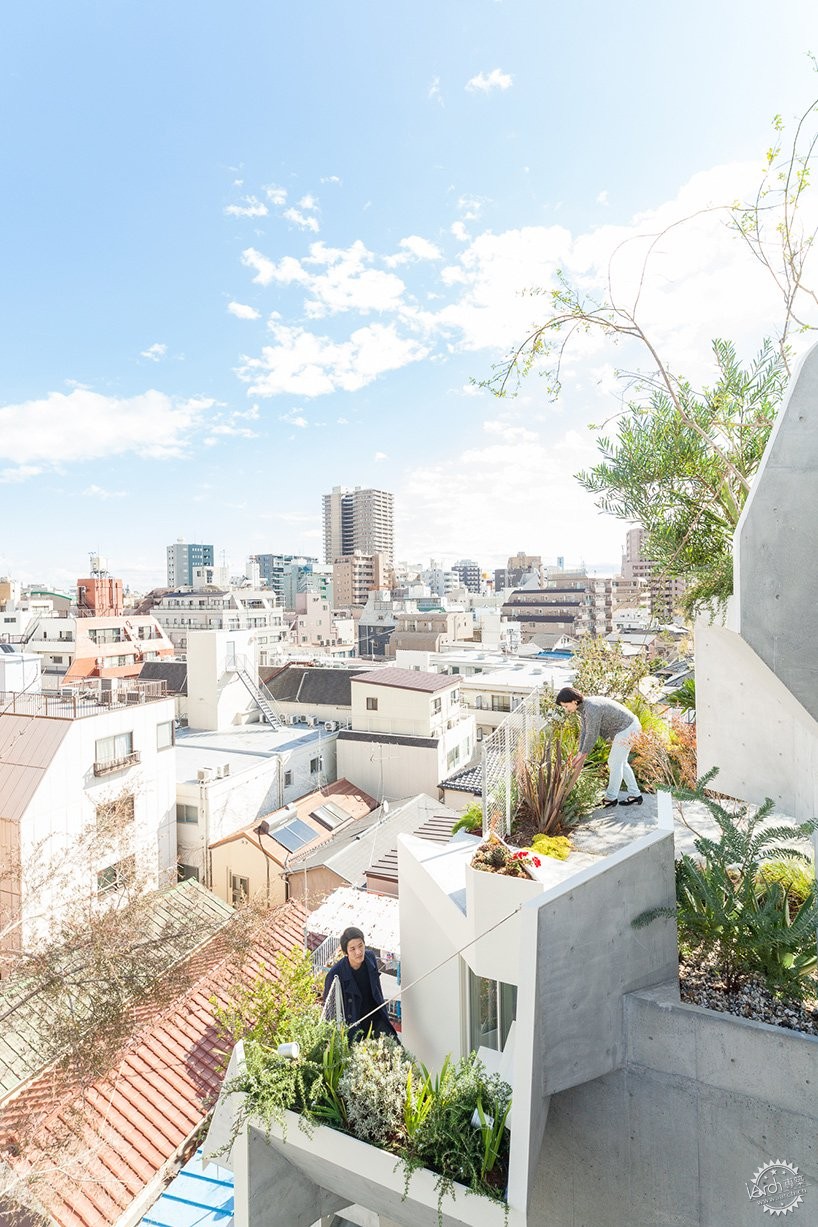
Image © Vincent Hecht
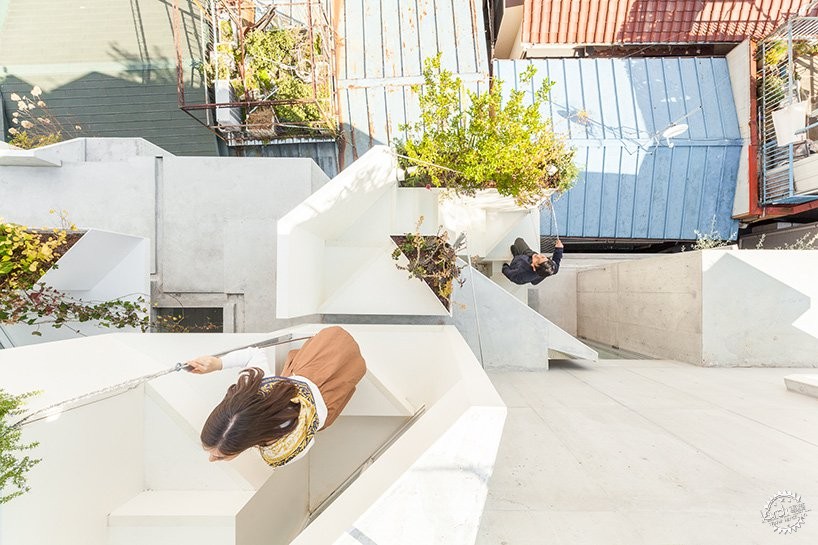
Image © Vincent Hecht
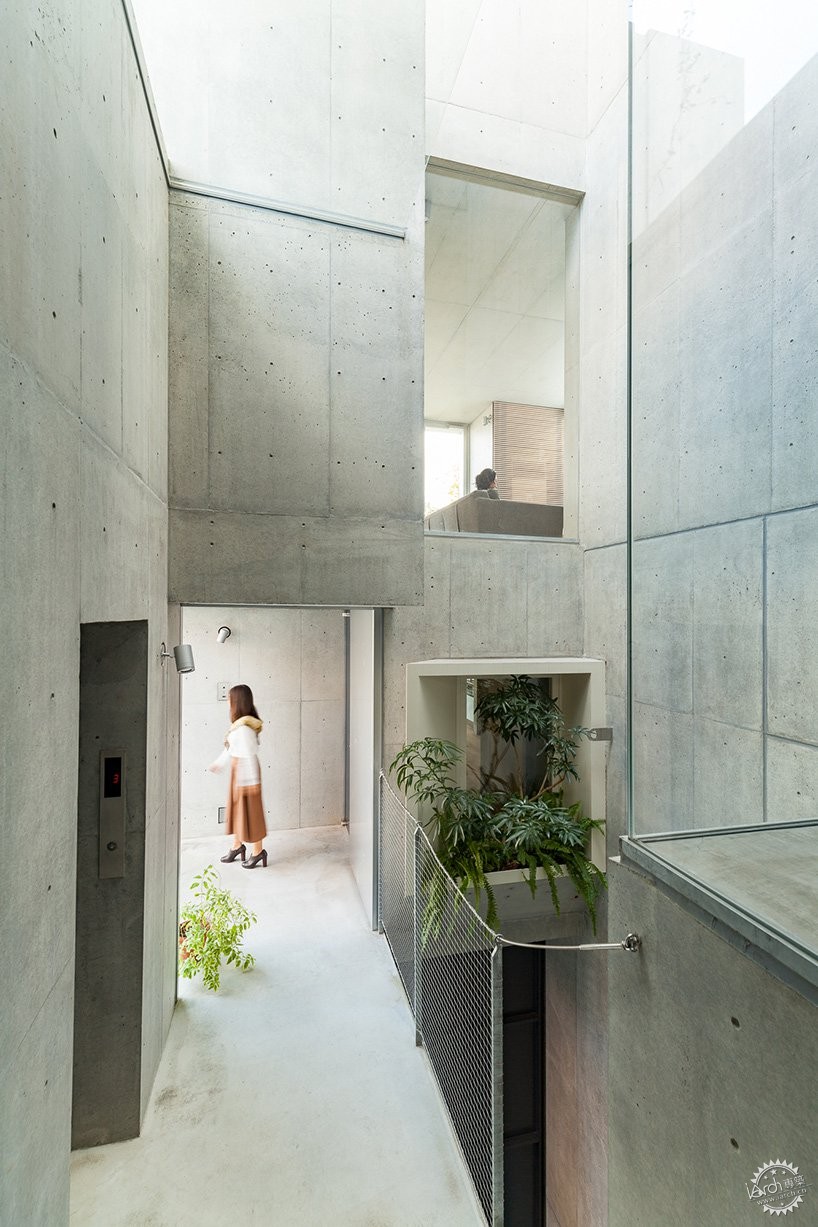
Image © Vincent Hecht
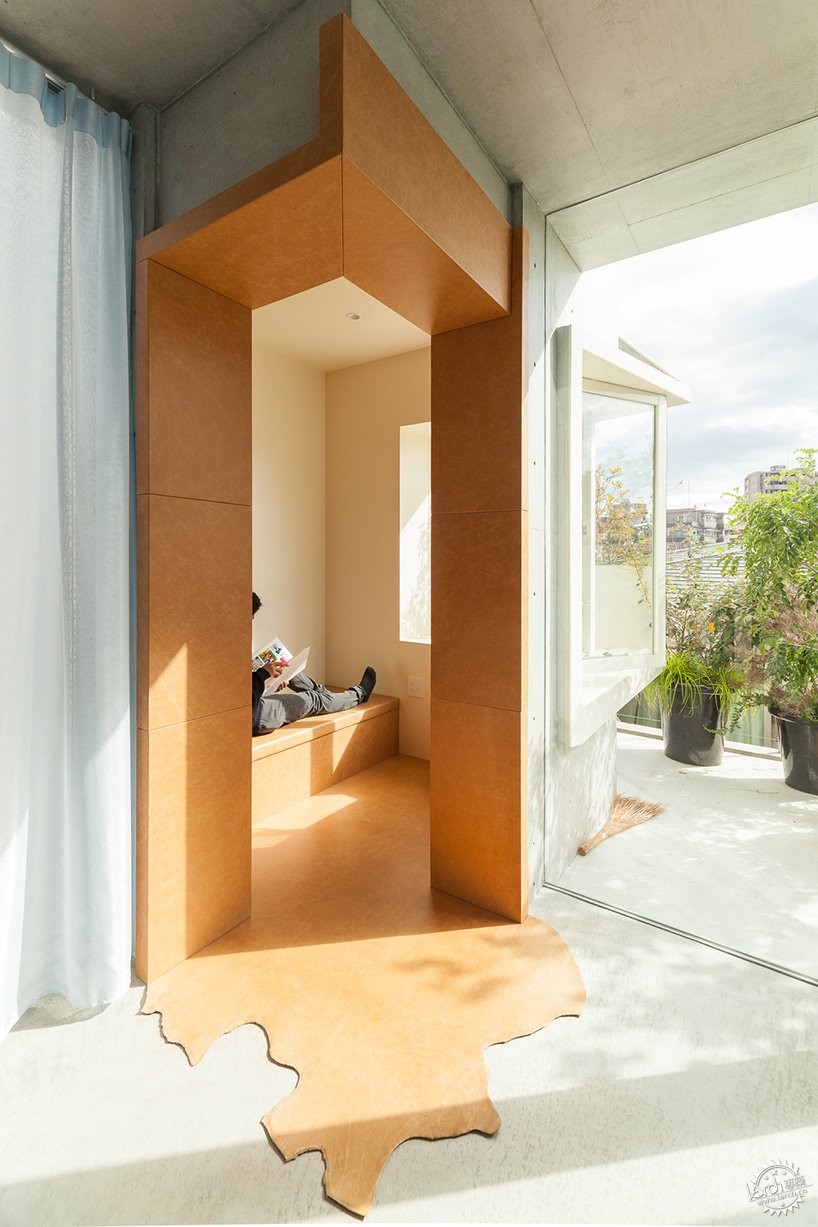
Image © Vincent Hecht
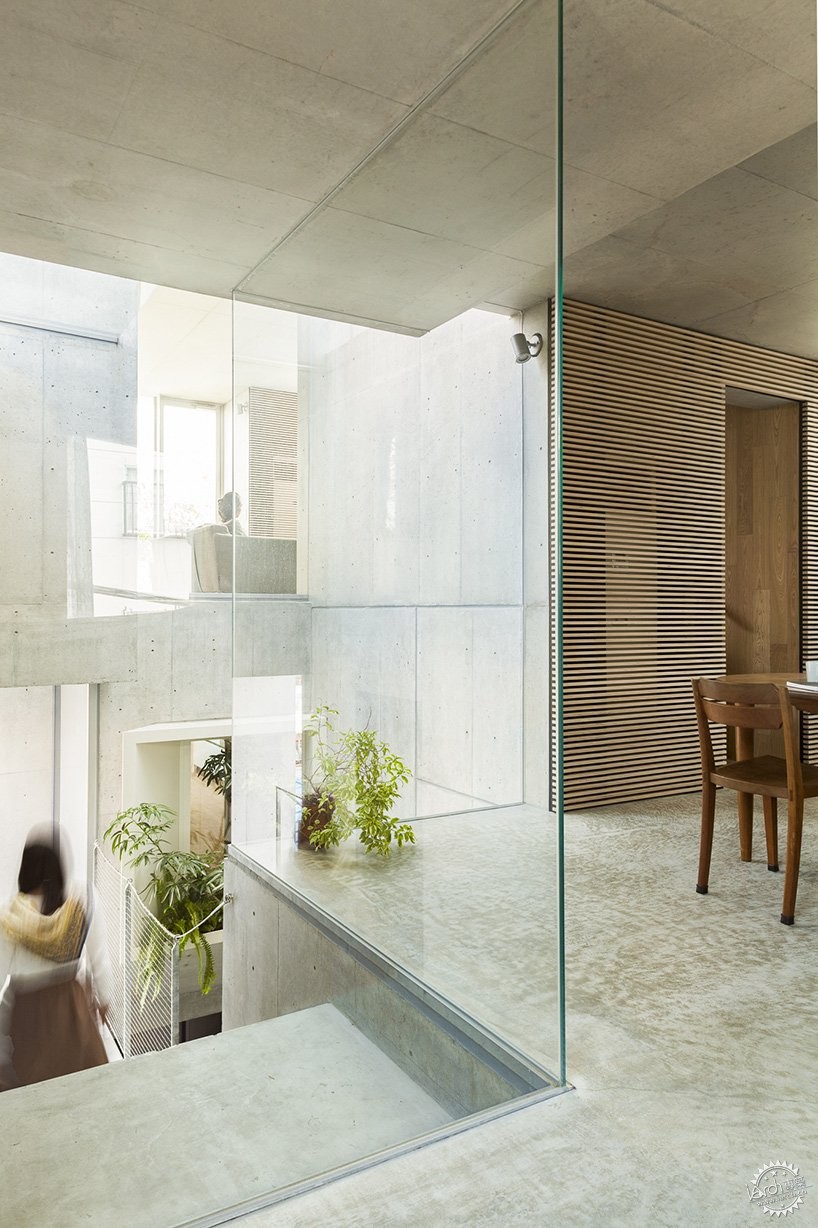
Image © Vincent Hecht
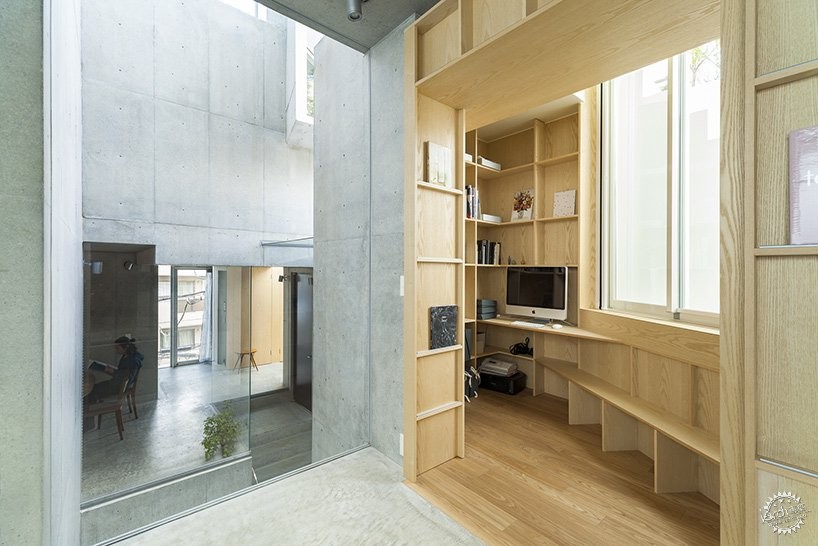
Image © Vincent Hecht
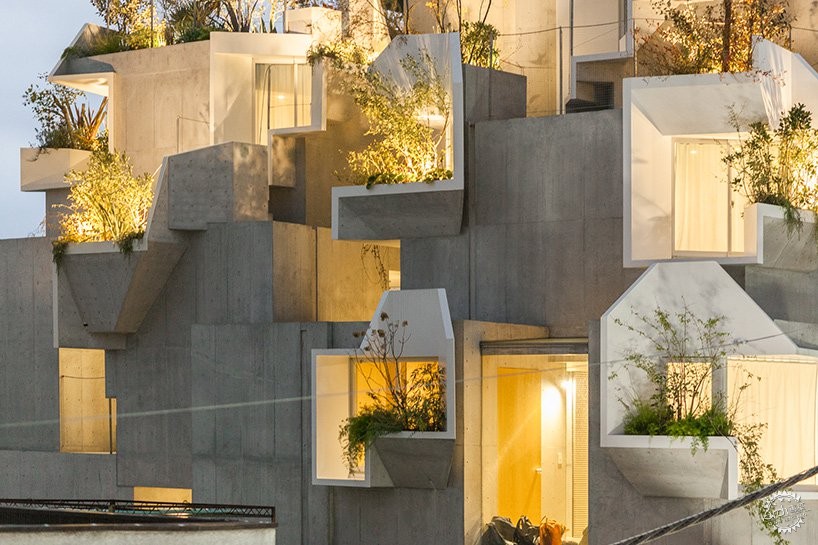
Image © Vincent Hecht
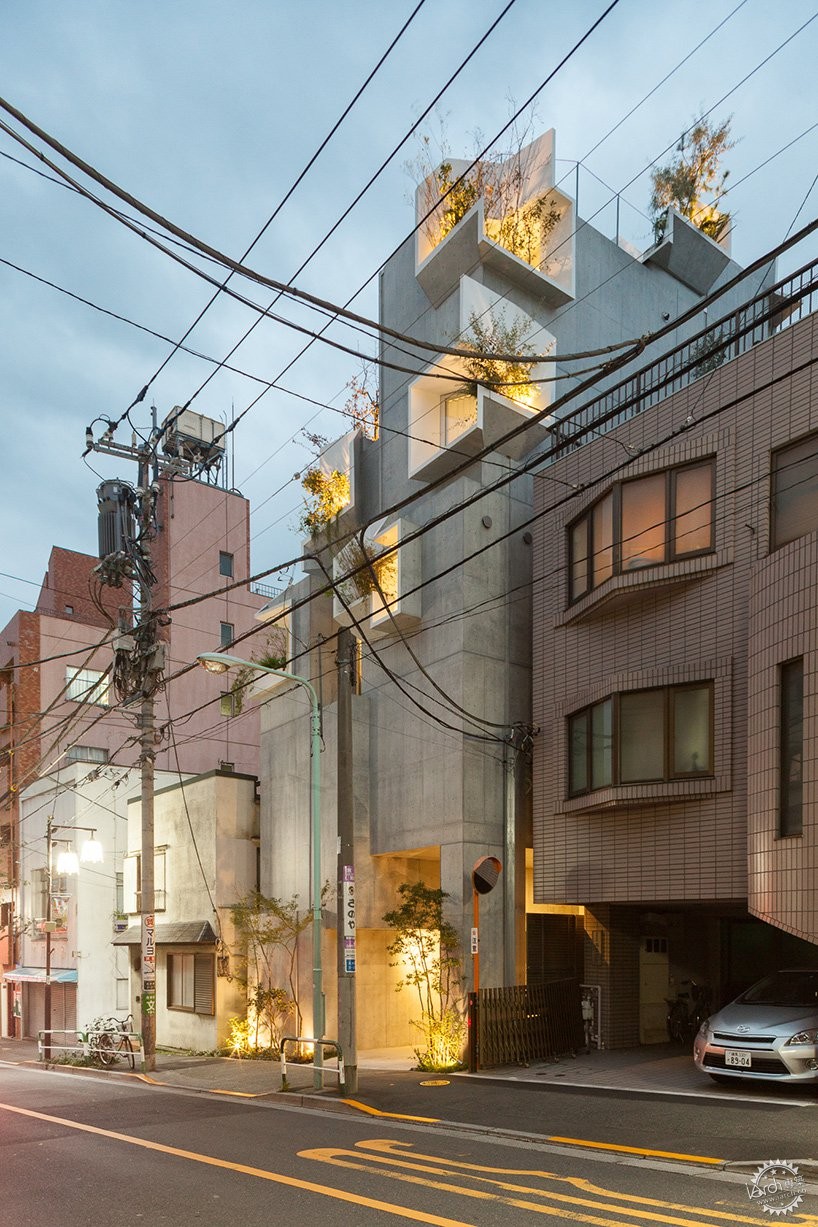
Image © Vincent Hecht
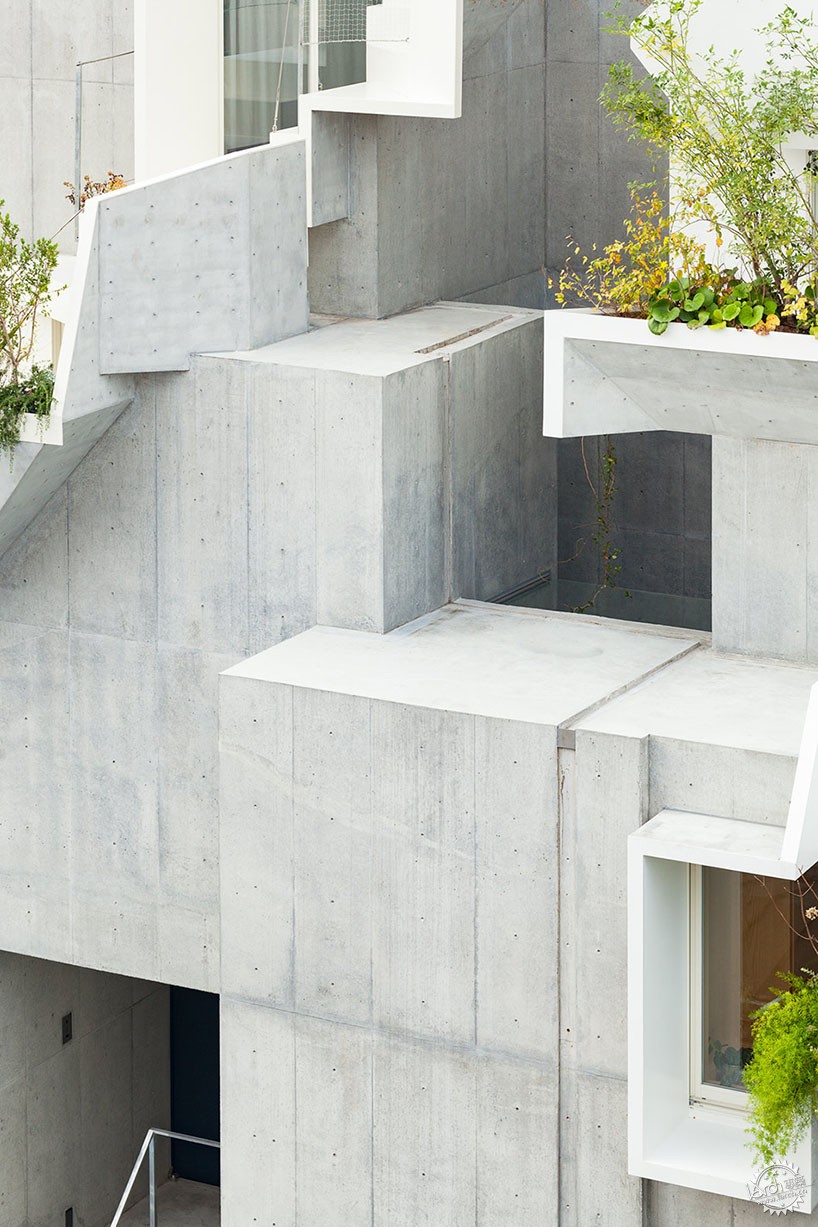
Image © Vincent Hecht
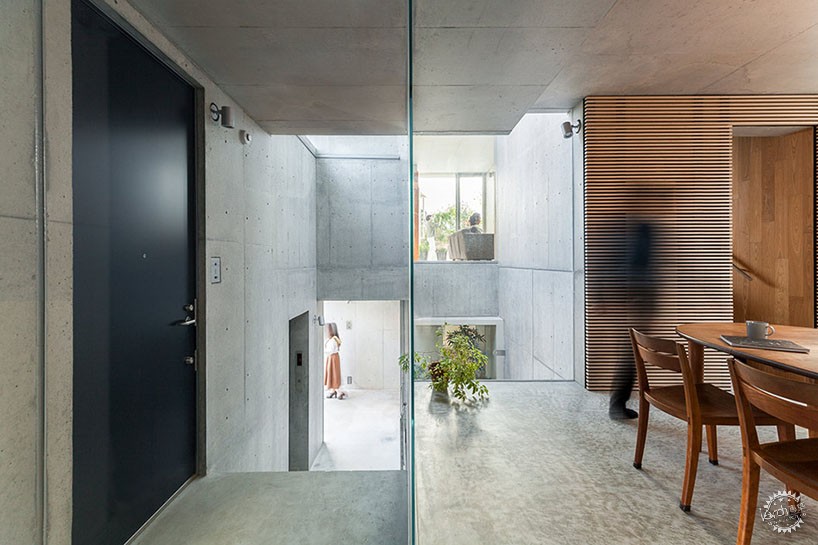
Image © Vincent Hecht
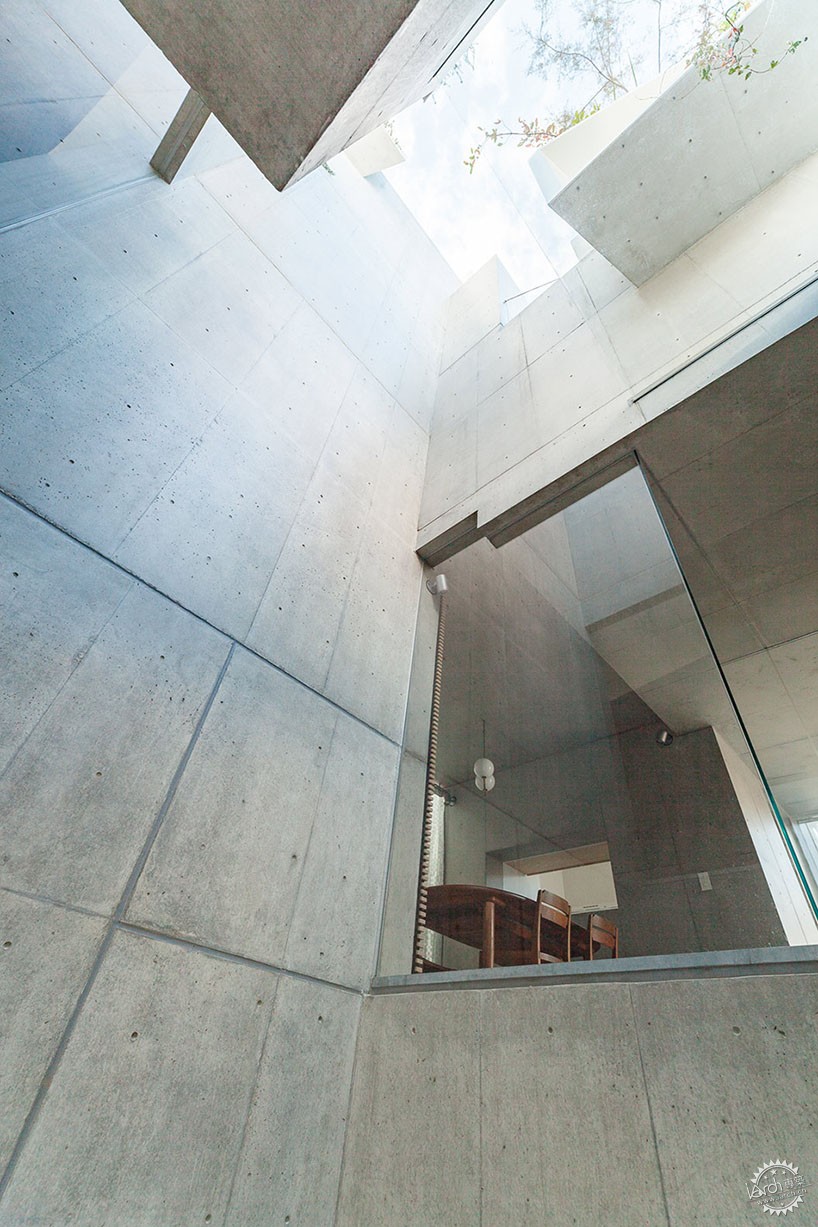
Image © Vincent Hecht
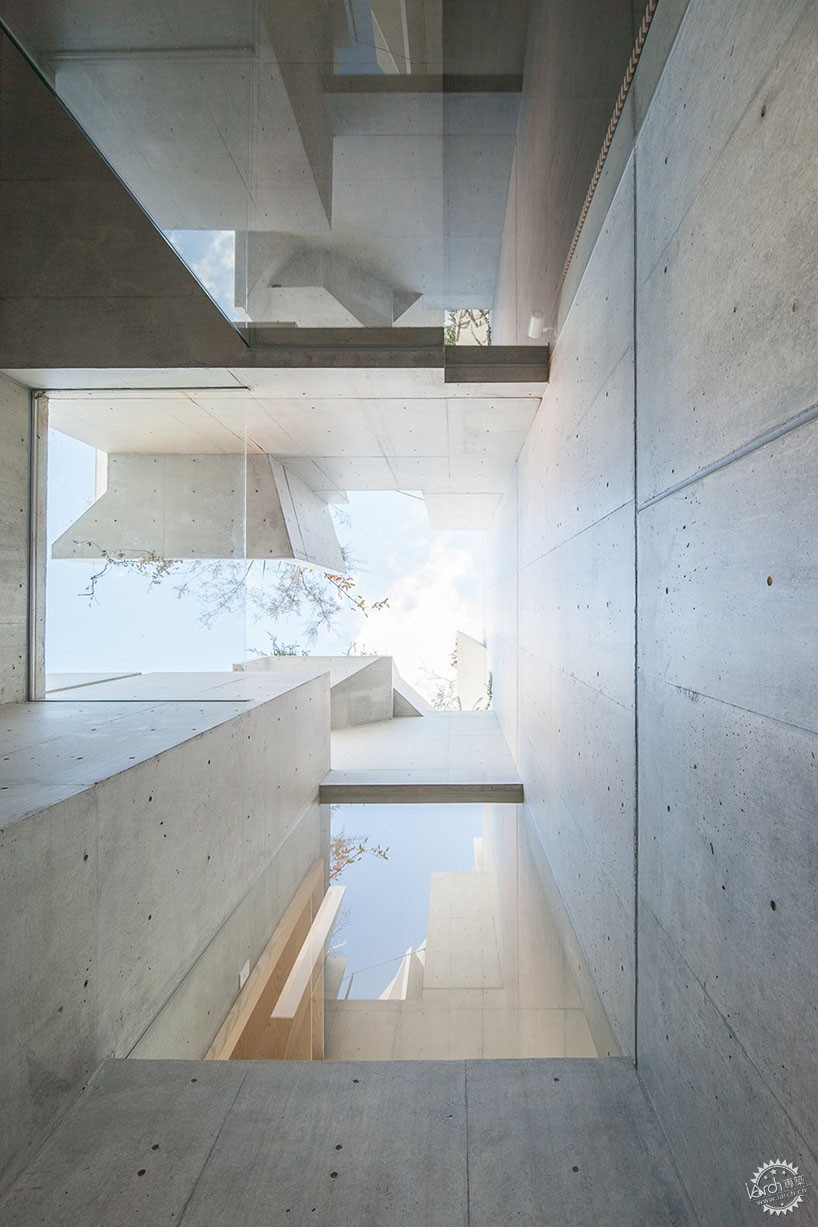
Image © Vincent Hecht
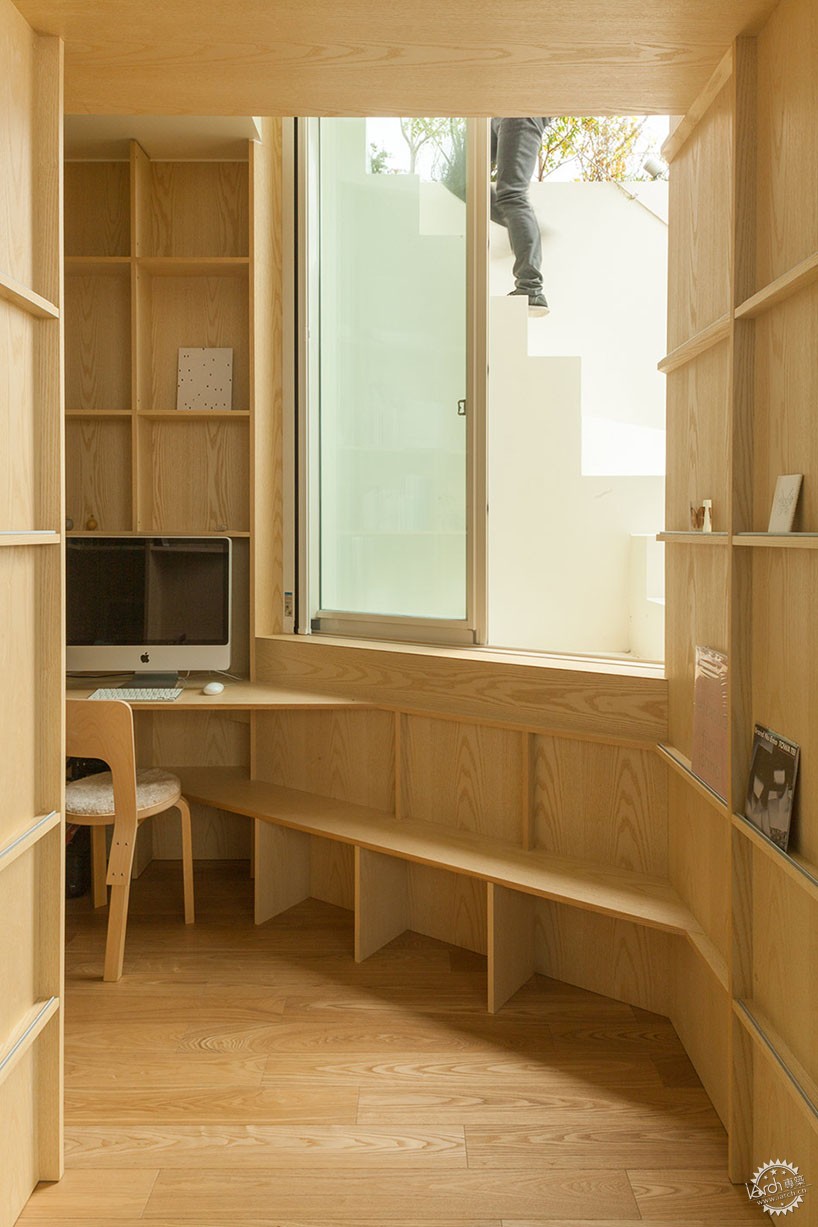
Image © Vincent Hecht
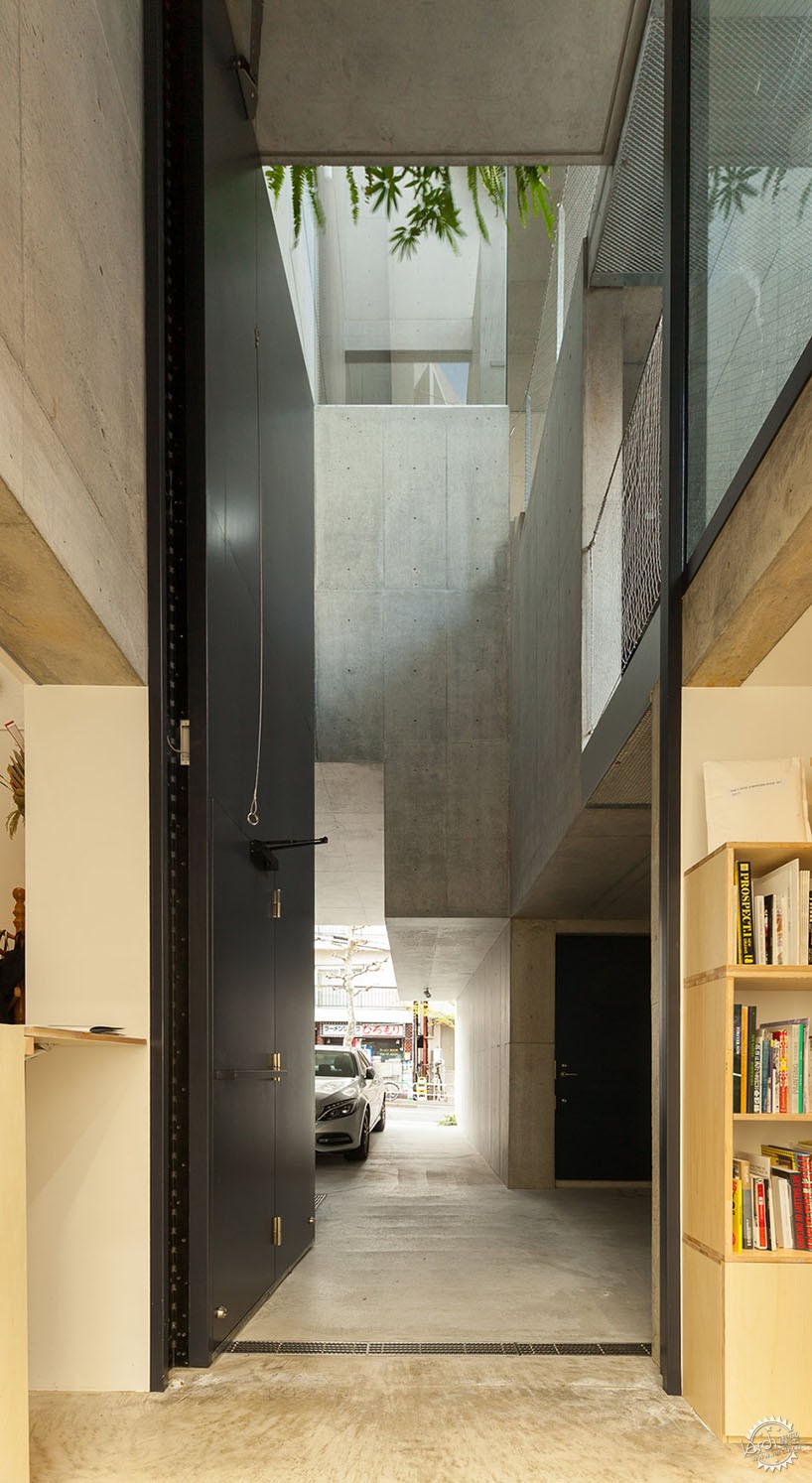
Image © Vincent Hecht
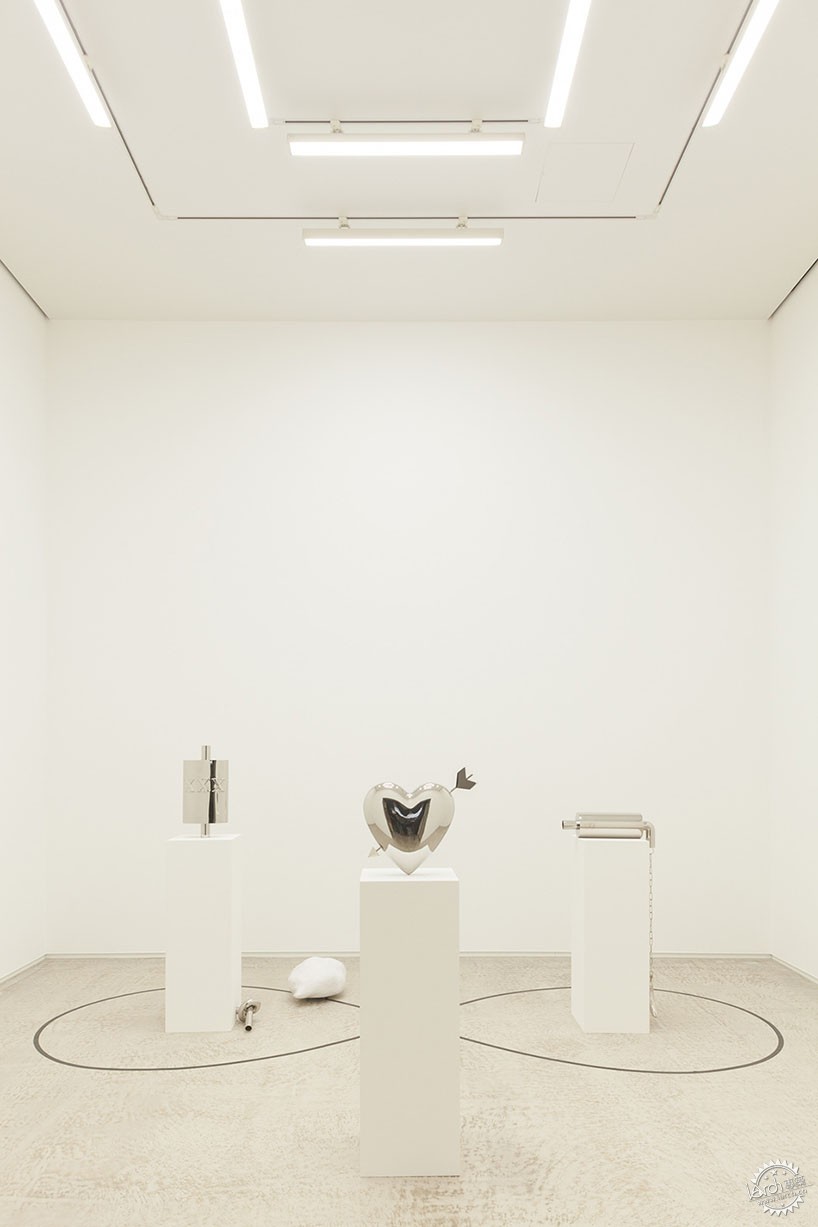
Image © Vincent Hecht
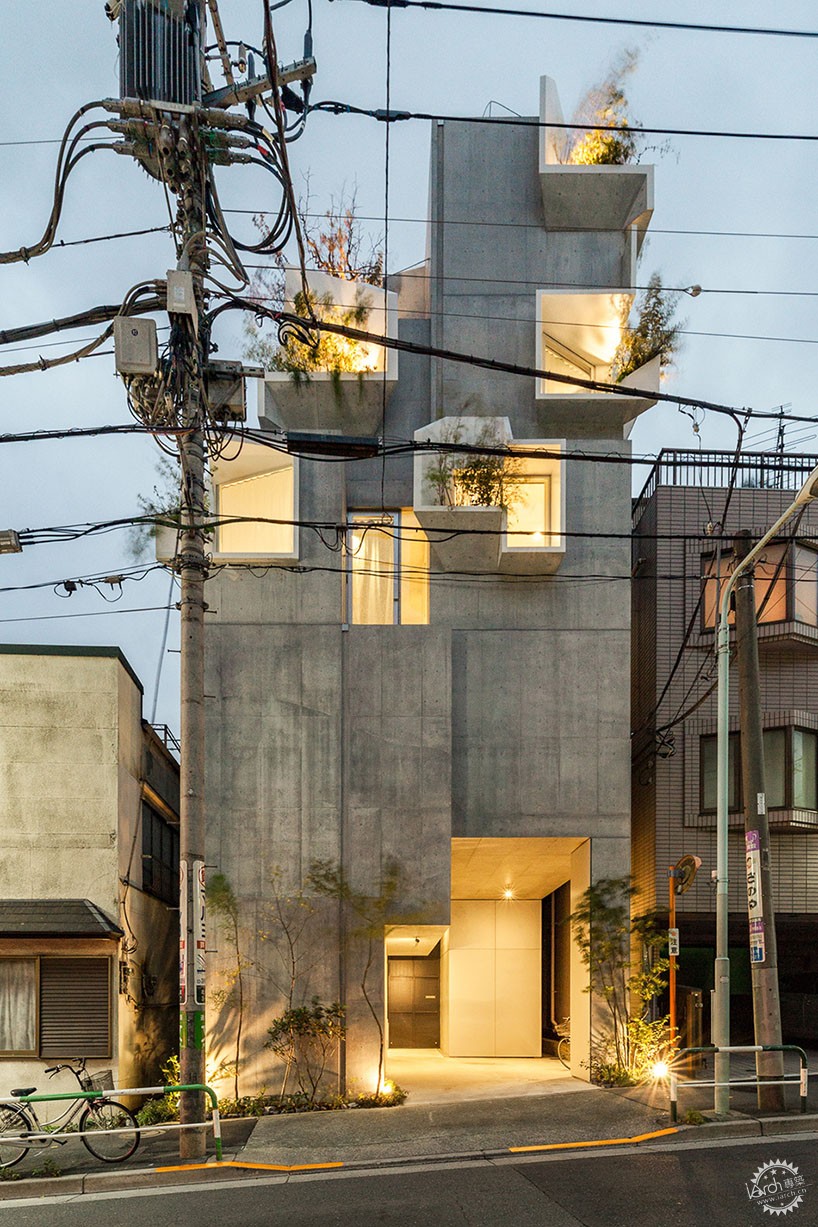
Image © Vincent Hecht
出处:本文译自www.designboom.com/,转载请注明出处。
|
|
专于设计,筑就未来
无论您身在何方;无论您作品规模大小;无论您是否已在设计等相关领域小有名气;无论您是否已成功求学、步入职业设计师队伍;只要你有想法、有创意、有能力,专筑网都愿为您提供一个展示自己的舞台
投稿邮箱:submit@iarch.cn 如何向专筑投稿?
